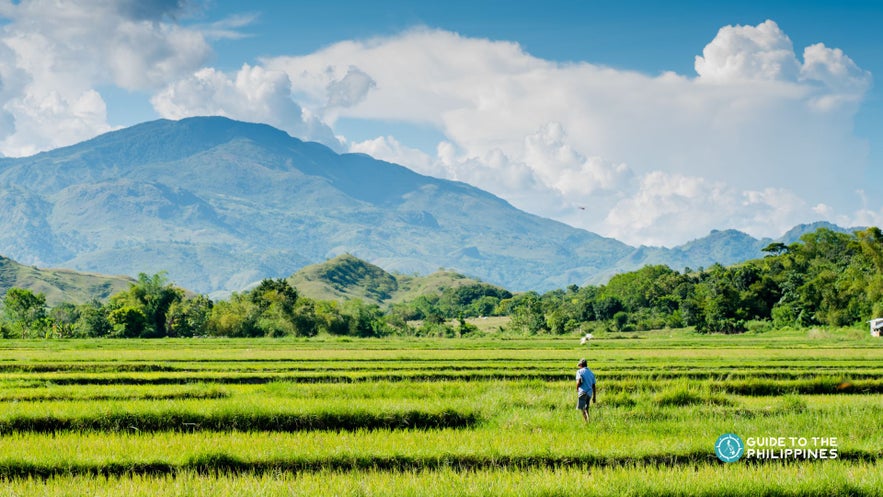
Often overlooked in favor of popular spots like Baguio City or Banaue municipality, it offers a refreshing off-the-beaten-path experience for those seeking peace and adventure amid cool climates, rolling hills, and lush forests.
Travelers can hike to Imugan Falls, explore Dalton Pass, or connect with the traditions of the Ifugao, Isinay, and Gaddang communities. For spelunking and eco-tourism, the Capisaan Cave System is a must-see, and the province serves as a scenic gateway to nearby Northern Luzon region gems like the towns of Sagada, Banaue, and Vigan City.
With its blend of natural beauty and cultural depth, Nueva Vizcaya Province is a rising destination worth discovering in the diverse landscape of the Philippines.









